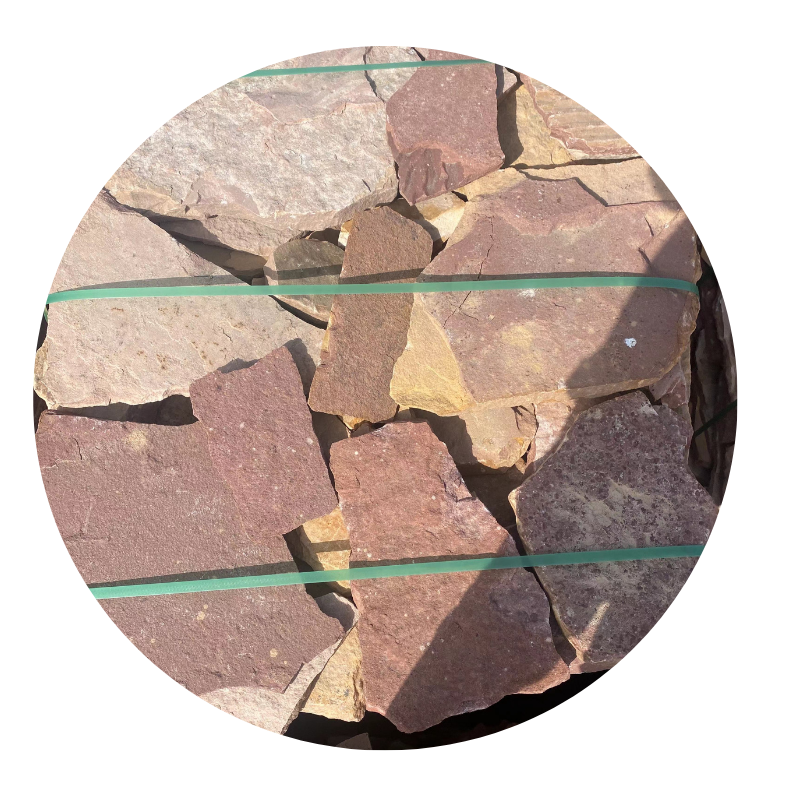
China's Cement Industry and Fly Ash Utilization Strategies for Sustainable Construction
The Role of Cement and Fly Ash in Sustainable Construction in China
As China continues to urbanize at a rapid pace, the construction industry faces significant challenges, including sustainability and environmental impact. One area that has garnered attention is the utilization of cement and fly ash in construction practices. This article explores the relationship between cement production, fly ash utilization, and sustainable construction in China.
Understanding Cement Production in China
Cement is a crucial material for construction, serving as a binding agent in concrete and mortar. With China being the largest cement producer in the world, the industry contributes approximately 55% of the global cement output. However, the production of cement is associated with high carbon dioxide (CO2) emissions, accounting for about 8% of the world's total emissions. The energy-intensive processes involved in manufacturing cement raise significant environmental concerns, prompting the need for alternative materials that can mitigate the impact of traditional cement production.
Fly Ash A Useful By-Product
Fly ash, a by-product of coal combustion in power plants, has found a vital role in construction as a supplementary cementitious material (SCM). In China, the extensive reliance on coal for energy generation has resulted in the production of substantial amounts of fly ash. By repurposing fly ash in concrete mixtures, the construction industry can benefit from both environmental and economic advantages.
When incorporated into concrete, fly ash enhances specific properties such as workability, resistance to aggressive chemicals, and strength development. Additionally, using fly ash reduces the amount of clinker required in cement production, which lowers CO2 emissions. This makes fly ash a valuable ingredient in the quest for sustainable construction practices in China.
Benefits of Using Fly Ash in Cement Production
1. Environmental Advantages The use of fly ash in cement not only reduces the carbon footprint associated with cement production but also contributes to the effective waste management of coal by-products. Instead of being landfilled, fly ash can be utilized, thereby reducing environmental degradation.
china cement and fly ash

2. Enhanced Concrete Performance Fly ash contributes to the durability and longevity of concrete structures. Its glassy microspherical particles can improve the workability of concrete mixtures, making them easier to handle and pour.
3. Cost-Effectiveness Integrating fly ash into cement production can lead to cost savings for builders and developers. Because fly ash can partially replace cement, it can lower material costs while maintaining or even enhancing the quality of the final product.
4. Regulatory Compliance With increasing government emphasis on sustainability, utilizing fly ash in concrete allows construction firms to comply with environmental regulations and standards aimed at reducing carbon emissions.
Current Challenges and Future Outlook
Despite the benefits, challenges remain in promoting the widespread use of fly ash in China. The quality and availability of fly ash can vary significantly depending on the source, necessitating careful evaluation and quality control measures from manufacturers. Additionally, public perception and knowledge about the safety and benefits of fly ash in construction must be addressed to foster acceptance.
Looking ahead, the Chinese government is expected to play a crucial role in advancing the use of fly ash through supportive policies and incentives. Increased research and development can further enhance the understanding of fly ash properties and its interaction with different cement types.
Conclusion
In summary, the integration of fly ash into cement production represents a significant opportunity for sustainable construction in China. By reducing CO2 emissions, promoting effective waste utilization, enhancing concrete performance, and offering economic benefits, fly ash stands out as a worthwhile addition to traditional materials in the construction industry. As China continues to seek solutions for sustainable development, the partnership between cement and fly ash may provide a path toward a greener future in construction, benefiting both the environment and society.
Share
-
Premium Talcum Powder Enhanced with GPT-4 Turbo | Soft & Long-LastingNewsAug.02,2025
-
Fly Ash Solutions Enhanced by GPT-4 Turbo | Sustainable InnovationNewsAug.01,2025
-
Natural Premium Bentonite Cat Litter - Superior ClumpingNewsJul.31,2025
-
Premium Resin Coated Sand - High Heat Resistance CastingNewsJul.31,2025
-
High Quality Silicon Carbide Grit for Abrasive ApplicationsNewsJul.30,2025
-
High-Quality Ceramsite for Plants & Gardening | Lightweight PebblesNewsJul.29,2025






